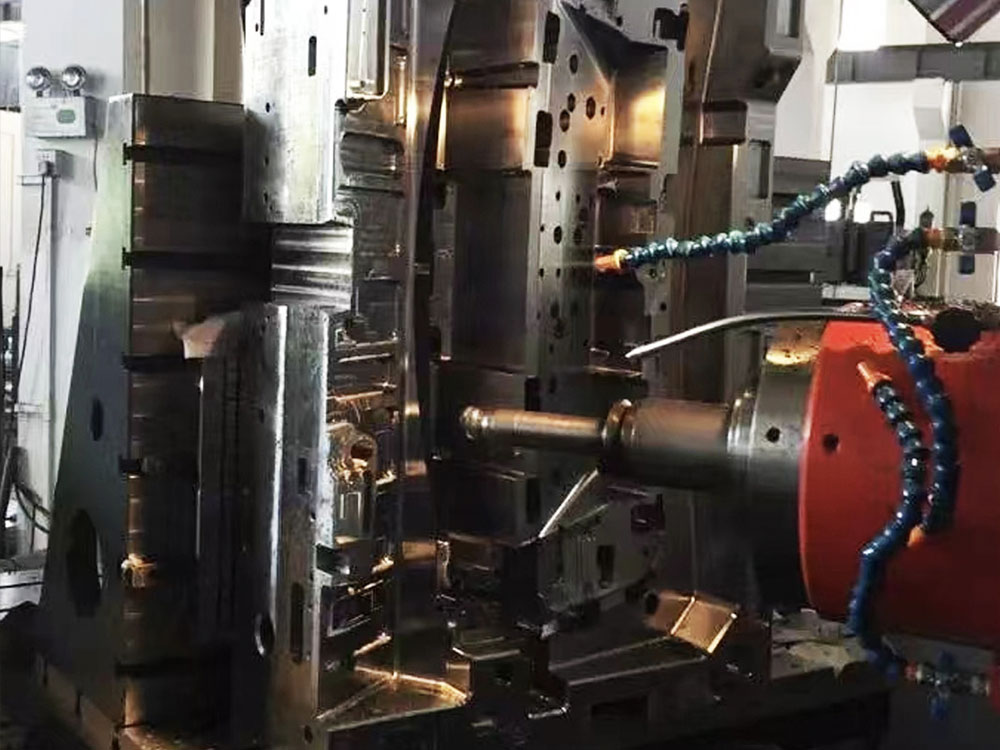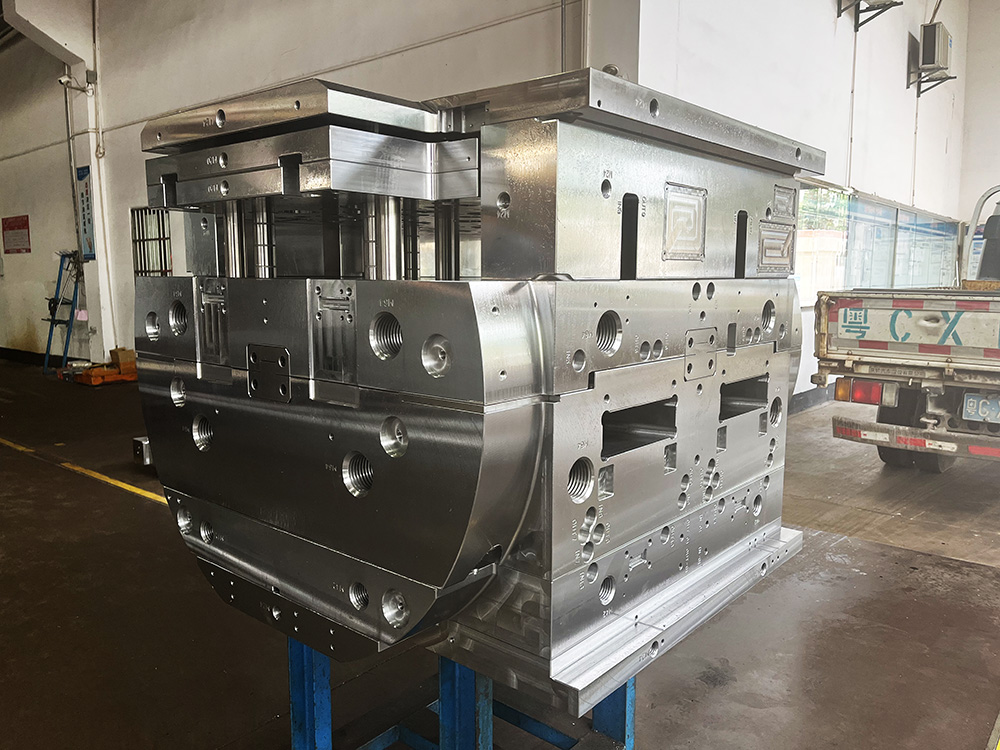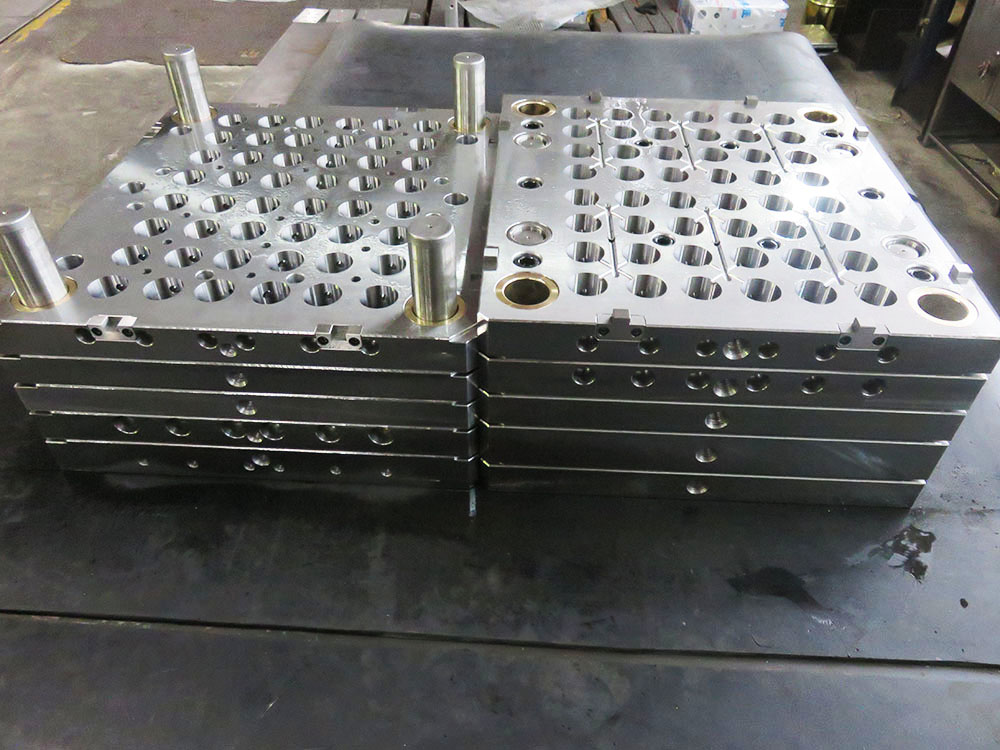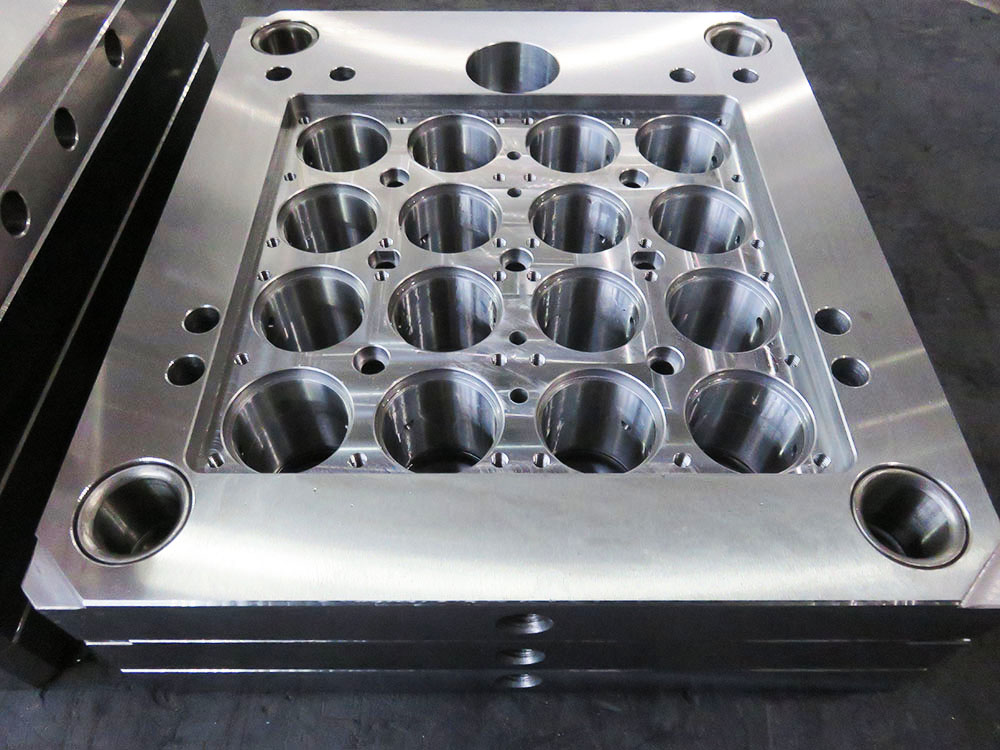Classification of Longji framework
The mold base industry plays a crucial role in the manufacturing sector, providing the foundation for the production of various products. One prominent framework in this industry is the Longji framework, which offers a comprehensive classification system for mold bases. This article aims to delve into the different aspects of the Longji framework and highlight its significance in the mold base industry.
Structure Classification
The Longji framework categorizes mold bases based on their structure, considering factors such as the number of cavities, the presence of inserts, and the layout of the cooling system. This classification helps manufacturers determine the suitability of different mold bases for specific product requirements.
The first category is the single cavity mold base, which is suitable for products that require a single part to be manufactured. This type of mold base is characterized by its simplicity and ease of operation.
The second category is the multi-cavity mold base, which allows for the simultaneous production of multiple parts. This type is commonly used in high-volume manufacturing scenarios, where efficiency and productivity are prioritized.
The third category is the insert mold base, which incorporates inserts to create specific features or details in the molded product. This type offers flexibility and versatility in terms of product design, allowing for intricate details to be achieved.
The fourth category is the hot runner mold base, which utilizes a heating system that keeps the material in the runner constantly molten. This type eliminates the need for manual trimming or waste, resulting in cost savings and improved product quality.
The fifth category is the standard mold base, which serves as a general-purpose option that can be customized according to specific product requirements. This type provides a good balance between flexibility and cost-effectiveness.
Material Classification
In addition to the classification based on structure, the Longji framework also considers the material used in the mold base. The choice of material depends on factors such as the expected product volume, product complexity, and desired product quality.
The first category is the steel mold base, which is widely used due to its excellent strength, durability, and heat resistance. This type is suitable for high-volume production and products with intricate designs.
The second category is the aluminum mold base, which is known for its lightweight and good thermal conductivity. This type is commonly used for prototypes or low-volume production.
The third category is the beryllium copper mold base, which offers superior thermal conductivity and corrosion resistance. This type is suitable for high-precision and high-quality products.
The fourth category is the polymer mold base, which is made from materials such as plastic and resin. This type is cost-effective and easy to manufacture, making it suitable for low-volume production or prototyping.
Application Classification
The Longji framework also includes an application-based classification system, which considers the specific industries or sectors where mold bases are utilized. This classification helps manufacturers identify the most suitable mold base for their intended applications.
The first category is the automotive mold base, which is designed to meet the requirements of the automotive industry. This type often includes features such as precision, durability, and resistance to high temperatures.
The second category is the consumer electronics mold base, which is tailored for the production of electronic devices such as smartphones, tablets, and laptops. This type often requires high precision and excellent surface finishes.
The third category is the medical mold base, which adheres to the strict regulations and standards of the medical industry. This type prioritizes cleanliness, sterility, and precision to ensure the safety and reliability of medical products.
The fourth category is the packaging mold base, which is used in the production of packaging materials such as bottles, containers, and caps. This type often requires features such as stackability, easy molding, and durability.
Conclusion
The Longji framework provides a comprehensive classification system for mold bases, considering factors such as structure, material, and application. This framework helps manufacturers make informed decisions when selecting the most suitable mold base for their specific product requirements. By understanding the different classifications offered by the Longji framework, manufacturers can optimize their production processes, improve product quality, and ultimately enhance their competitiveness in the mold base industry.




